Themed collection Advances in Solar Energy Conversion

Advances in solar energy conversion
Guest Editors Jinlong Gong, Can Li, and Michael R. Wasielewski introduce this themed issue on solar energy conversion.
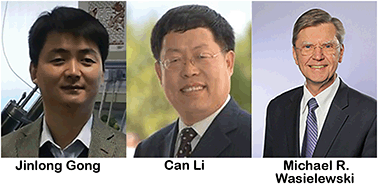
Chem. Soc. Rev., 2019,48, 1862-1864
https://doi.org/10.1039/C9CS90020A
Dynamics of photoconversion processes: the energetic cost of lifetime gain in photosynthetic and photovoltaic systems
The energy cost of lifetime gain in solar energy conversion systems is determined from a breadth of technologies. The cost of 87 meV per order of magnitude lifetime improvement is strikingly close to the 59 meV determined from a simple kinetic model.
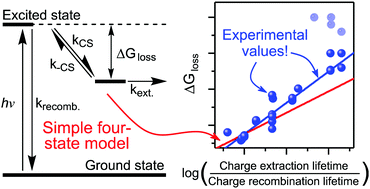
Chem. Soc. Rev., 2021,50, 13372-13409
https://doi.org/10.1039/D1CS00577D
Imperfections and their passivation in halide perovskite solar cells
Perovskite solar cells to date are made of polycrystalline films which contain a high density of defects. Imperfection passivation to reduce non-radiative recombination and suppress ion migration could improve device efficiency and device stability.
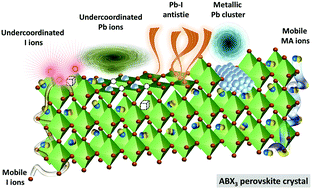
Chem. Soc. Rev., 2019,48, 3842-3867
https://doi.org/10.1039/C8CS00853A
Phthalocyanines and porphyrinoid analogues as hole- and electron-transporting materials for perovskite solar cells
Stable macrocyclic compounds based on phthalocyanines and porphyrins as hole- and electron-transporting materials for perovskite solar cells are reviewed.
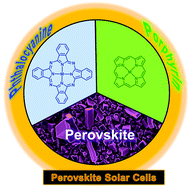
Chem. Soc. Rev., 2019,48, 2738-2766
https://doi.org/10.1039/C9CS00059C
Artificial photosynthesis: opportunities and challenges of molecular catalysts
This review emphasizes the significance of molecular catalysts in artificial photosynthesis, and discusses the opportunities, challenges and future of molecular catalysis.
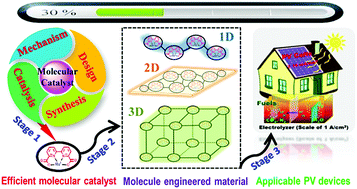
Chem. Soc. Rev., 2019,48, 2216-2264
https://doi.org/10.1039/C8CS00897C
Toward practical solar hydrogen production – an artificial photosynthetic leaf-to-farm challenge
This review provides insight into the different aspects and challenges associated with the realization of sustainable solar hydrogen production systems on a practical large scale.
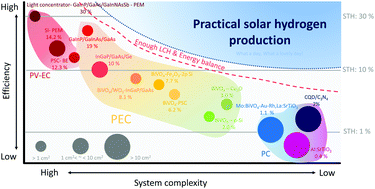
Chem. Soc. Rev., 2019,48, 1908-1971
https://doi.org/10.1039/C8CS00699G
Thin film photoelectrodes for solar water splitting
This review provides a comprehensive overview of the fabrication, development and application of thin-film photoelectrodes.

Chem. Soc. Rev., 2019,48, 2182-2215
https://doi.org/10.1039/C8CS00868J
Perovskite precursor solution chemistry: from fundamentals to photovoltaic applications
The perovskite precursor solution chemistry is of paramount importance for well-controlled nucleation/crystal growth in solution-processed perovskite solar cells.
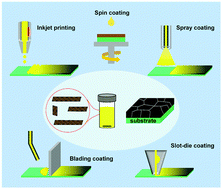
Chem. Soc. Rev., 2019,48, 2011-2038
https://doi.org/10.1039/C8CS00656C
Single-crystal silicon-based electrodes for unbiased solar water splitting: current status and prospects
This review describes recent developments of single-crystal silicon (Si) as the photoelectrode material for solar water splitting, including the promising strategies to obtain highly efficient and stable single-crystal Si-based photoelectrodes for hydrogen evolution and water oxidation, as well as the future development of spontaneous solar water splitting with single-crystal Si-based tandem cells.
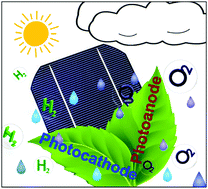
Chem. Soc. Rev., 2019,48, 2158-2181
https://doi.org/10.1039/C8CS00638E
Rational design of yolk–shell nanostructures for photocatalysis
Yolk–shell structures provide an ideal platform for the rational regulation and effective utilization of charge carriers because of their void space and large surface areas. Furthermore, the efficiency of charge behavior in every step can be further improved by many strategies. This review describes the synthesis of yolk–shell structures and their effect for the enhancement of heterogeneous photocatalysis.
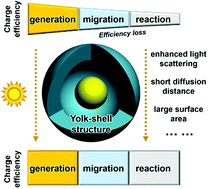
Chem. Soc. Rev., 2019,48, 1874-1907
https://doi.org/10.1039/C8CS00711J
Progress on ternary oxide-based photoanodes for use in photoelectrochemical cells for solar water splitting
Advancements made in the development of ternary oxide-based photoanodes for use in water splitting photoelectrochemical cells (PECs) are reviewed.

Chem. Soc. Rev., 2019,48, 2126-2157
https://doi.org/10.1039/C8CS00761F
The value of enzymes in solar fuels research – efficient electrocatalysts through evolution
Enzymes which evolved more than 2 billion years ago set exceptional standards for electrocatalysts being sought today.
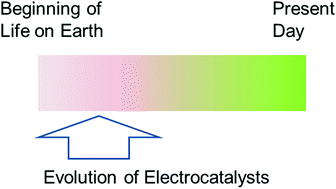
Chem. Soc. Rev., 2019,48, 2039-2052
https://doi.org/10.1039/C8CS00546J
Two-dimensional-related catalytic materials for solar-driven conversion of COx into valuable chemical feedstocks
This review summarizes recent development relating to 2D materials and their derivatives for solar-driven CO2 reduction by H2O or H2, as well as CO hydrogenation (via the water gas shift reaction or Fischer–Tropsch synthesis) to produce valuable products (especially hydrocarbons, alcohols and aromatics).
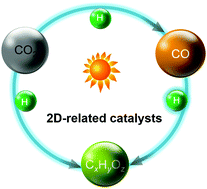
Chem. Soc. Rev., 2019,48, 1972-2010
https://doi.org/10.1039/C8CS00607E
Recent developments in heterogeneous photocatalysts for solar-driven overall water splitting
Overall water splitting based on particulate photocatalysts is an easily constructed and cost-effective technology for the conversion of abundant solar energy into clean and renewable hydrogen energy on a large scale.
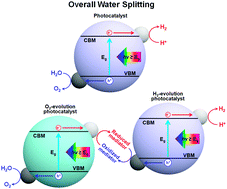
Chem. Soc. Rev., 2019,48, 2109-2125
https://doi.org/10.1039/C8CS00542G
Photothermal therapy and photoacoustic imaging via nanotheranostics in fighting cancer
The development, perspectives, and challenges of photothermal therapy (PTT) and photoacoustic imaging (PAI) via nanotheranostics for combating cancer.
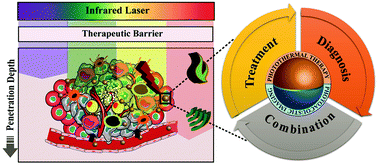
Chem. Soc. Rev., 2019,48, 2053-2108
https://doi.org/10.1039/C8CS00618K
Collaboration between experiment and theory in solar fuels research
As the challenges in science increase in scope and interdisciplinarity, collaboration becomes increasingly important.
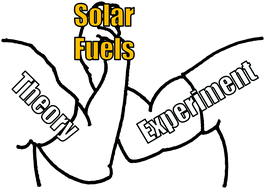
Chem. Soc. Rev., 2019,48, 1865-1873
https://doi.org/10.1039/C8CS00819A